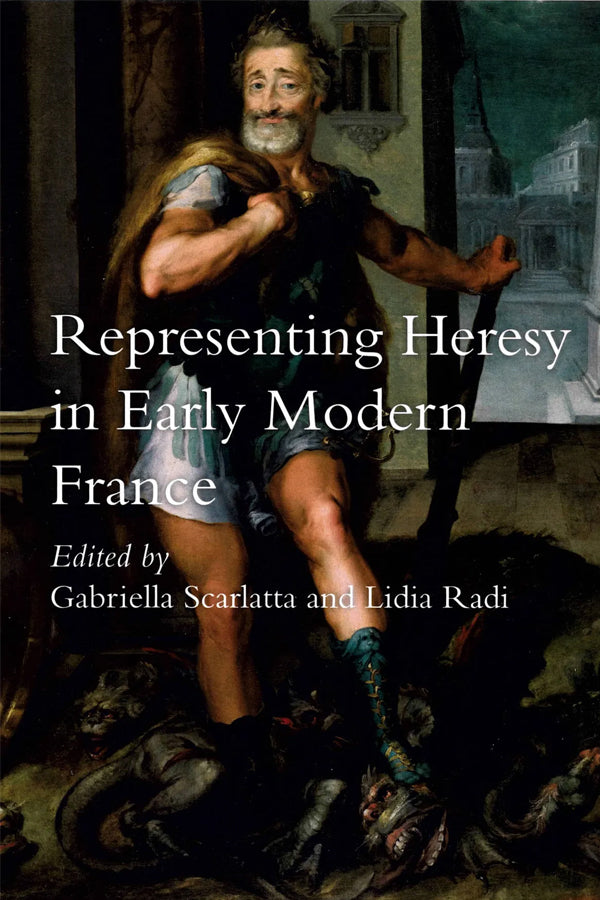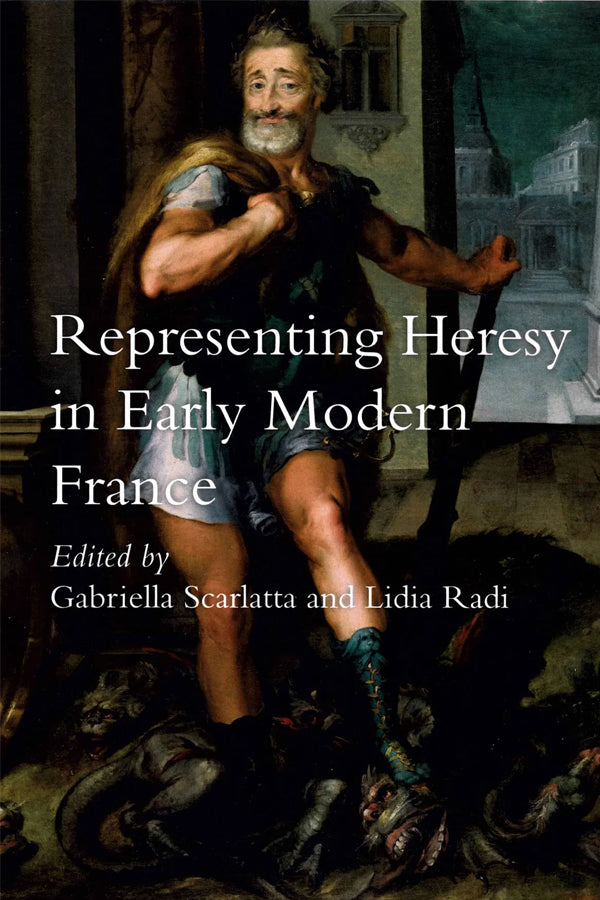Representing Heresy in Early Modern France
Edited By Gabriella Scarlatta and Lidia Radi - ES40
Overview
Heresy is a fluid concept, not easy to define or pinpoint, and certainly one that defies religious and political boundaries. Heresy could be said to be a cultural construct manufactured by competing narratives. The articles in this volume examine the varieties of perceptions and representations of heresy in early modern France. In so doing, they reveal that such perceptions and representations have had more of an impact on our understanding of heresy than heresy itself. This, in turn, provides us with new and stimulating viewpoints on how heresy was recognized and depicted at the intersections of faith, art, gender, poetry, history, and politics.
Lidia Radi is Associate Professor of French and Italian at the University of Richmond. Her current research deals with issues of national identity in the literature of migration, in particular in Italian-Albanian literature starting in the late sixteenth century.
Gabriella Scarlatta is Professor of French and Italian at The University of Michigan – Dearborn. Her research focuses on the Petrarchan and Neo-Petrarchan court poets, early modern women writers, and the intersection of gender and genre.
297 pp.
ISBN: 978-0-7727-2187-7 softcover
Published: 2017
Contents
Illustrations
Introduction—Gabriella Scarlatta and Lidia Radi
Chapter 1: Faith and Heresy
1. Lidia Radi, "Heresy, Fraud, and Faith in Michel’s Le Penser de Royal Memoire"
2. Nicole Bensoussan, "Triumphal Pageantry and the Emblematics of Heresy During the French Wars of Religion"
Chapter 2: Gender and Heresy
3. Kathleen Wilson-Chevalier, "Queen Claude de France and her Entourage: Images of Religious Complaint and Evangelical Reform"
4. Edith J. Benkov, "Gender and the Prosecution of Heresy in the French Courts"
Chapter III: Poetry and Heresy
5. Robert J. Hudson, "Marot vs. Sagon: Heresy and the Gallic School, 1537"
6. Gabriella Scarlatta, "'Le Soleil est Devenu Noir': Picturing Heresy in Late Renaissance Love Lyric"
Chapter IV: Heresy in History and Politics
7. Kenneth B. Tarte, "Mapping Heresy in François De Belleforest’s Cosmographie Universelle"
8. David LaGuardia, "'Dites-moy un peu, Porquoy est-il Femmelle?' Representing Political Heresy at the End of the Valois Monarchy"
9. Valérie M. Dionne, "Is Religious Pluralism a Heresy? What can we Gather from Julian the Apostate’s and Henri IV’s Politics of Tolerance"
Afterward – Andrew Spicer
Praise
“This is a strong collection of essays that fields a range of fresh viewpoints on the French Reformation, often from highly original angles.” - George Hoffmann, University of Michigan – Ann Arbor
“The essays, solidly founded on close readings of printed texts and visual images, make a significant contribution to our understanding of the cultural meaning of heresy in early modern France." - Raymond Mentzer, University of Iowa
“The range of essays in this collection makes it clear that “heresy” is not a monolithic concept nor necessarily a permanent state, but very much in the eye of the beholder.” - Sheila Folliott, George Madison University
Reviews
Couldn't load pickup availability


